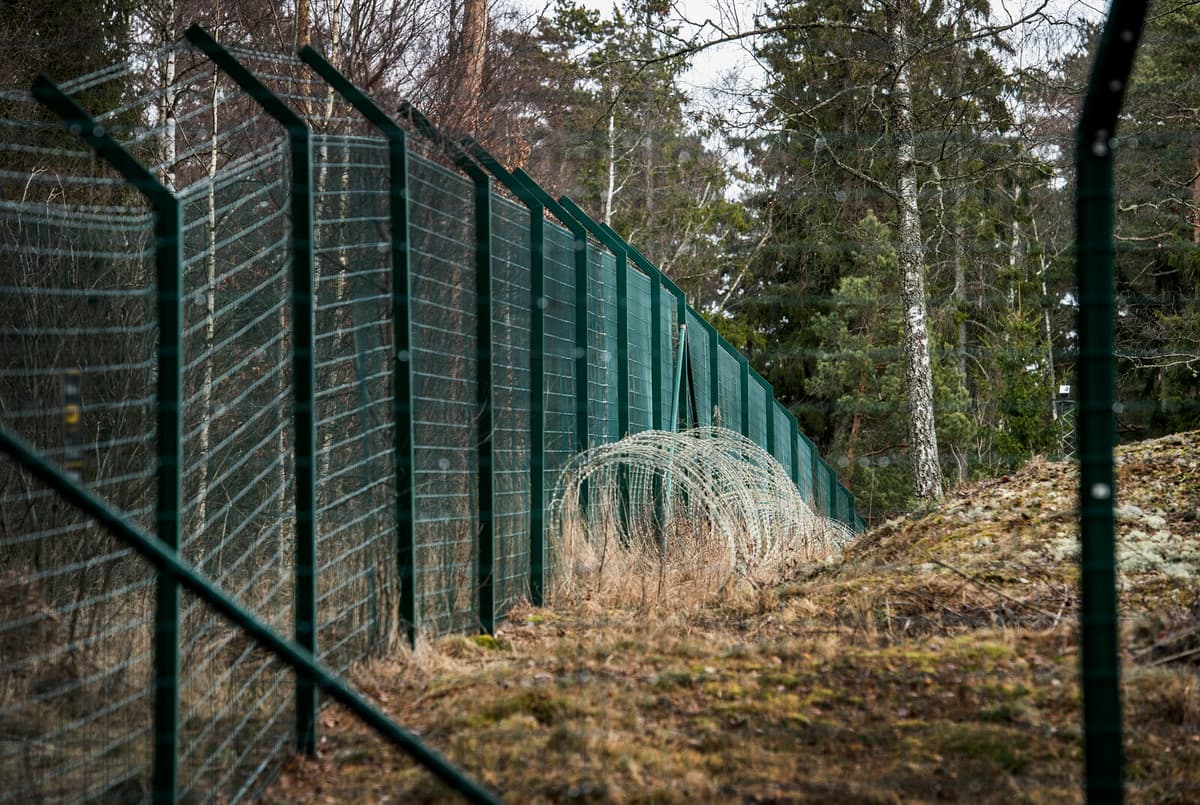The authority's 2025 annual report focuses on society's handling of detained children, their living conditions and their view of the future – and is based on 88 in-depth interviews and questionnaire responses from 543 detained children and young people.
In the report, many children testify to difficult living conditions marked by violence and vulnerability, where the situation has not been caught by authorities or other adults.
When the children then begin to develop their own destructive behavior, the measures they receive do not match their needs, says Children's Ombudsman Juno Blom.
Frightening picture
For example, it can involve placements in HVB homes, which instead exacerbate vulnerability. The testimonies give, according to the report, "a frightening picture of HVB as a recruitment base for criminal networks rather than a safe environment".
"At some HVB homes, there was no staff, and other young people took on leadership roles. They could order others to commit crimes, and no one reacted," says one of the interviewees.
The children who are later suspected of serious crimes and become detained rarely receive the support they need. Many tell of abuse, power abuse, and lack of rehabilitation, both in Sis-homes and in remand prisons.
"The staff work systematically to break one down. They know exactly what they're doing," thinks a boy.
Empathy
Several talk about what a difference it makes to be met with respect and empathy.
The children themselves express that it is the most important opportunity for change, to meet staff who can guide them towards change. Unfortunately, it looks very different, says Blom.
She emphasizes that the children are aware that they have done wrong and do not want to excuse their behavior, but that they react to the authorities not trying to make better use of the time they are detained.
There is an appeal to the adult world to take responsibility, and to take responsibility for those who have not yet ended up in their situation.
Many times, the follow-up also fails when they are released, she says.
We have met children who are about to be released, without any plan for what will happen. And then we have nine out of ten children with connections to gang crime who are convicted under LSU and reoffend. It is a consequence of this total failure.
The Children's Ombudsman presents a number of proposals for measures. For example:
+ Establish a home visit program and a national program for trauma screening for early detection of vulnerability
+ Stricter supervision, higher competence requirements, and stricter control of HVB homes
+ Strengthened education for all staff who meet children, including on children's rights, conflict management, and trauma-aware care
+ Strengthened protection for detained children through an independent complaints body and the Children's Ombudsman being given the opportunity for unannounced visits to locked institutions
+ Require municipalities to support detained children's schooling and introduce special vocational training
+ National exit program with a focus on labor market initiatives and long-term support after release
+ Give detained children the right to psychological support during and after their sentence
Source: Children's Ombudsman's 2025 annual report – "You must catch up"





